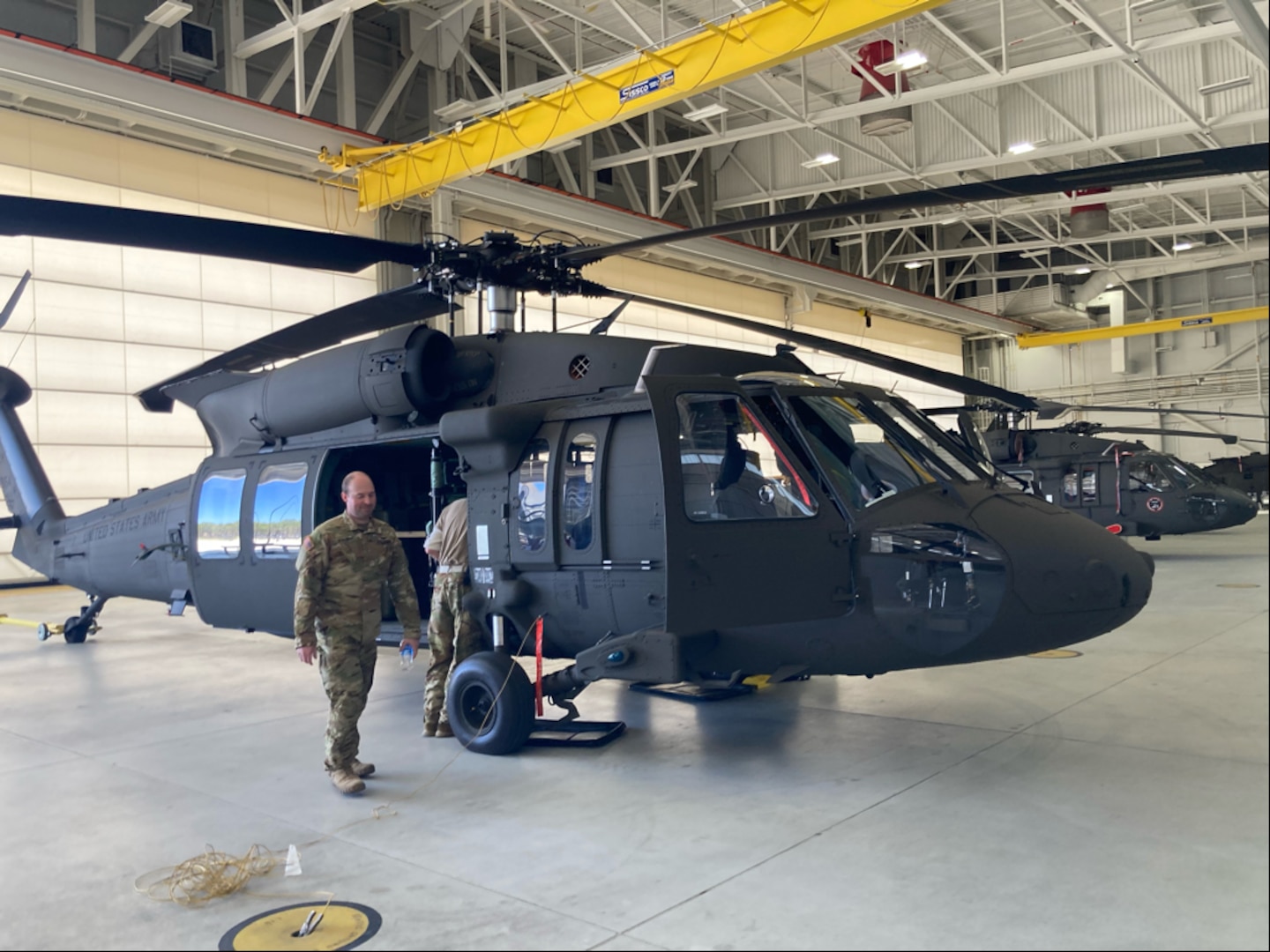Exploring the Thrills and Innovations of the Blackhawk Helicopter
The Blackhawk helicopter stands as a testament to armed forces aeronautics's evolution, merging technical advancements with sensible applications. What lies ahead for this iconic airplane, and how will arising innovations form its future in army operations?
Background of the Blackhawk Helicopter
Since its beginning in the 1960s, the Blackhawk helicopter has played a pivotal duty in modern army air travel. Developed by Sikorsky Airplane, the UH-60 Blackhawk was developed to satisfy the U.S. Military's requirement for a flexible energy helicopter with the ability of executing a selection of missions, including troop transportation, medical emptying, and freight airlift. The design was a response to the limitations of earlier helicopters, particularly in terms of speed, ability to move, and survivability.
The Blackhawk made its initial flight in 1974 and quickly went into service in 1979. Its intro noted a considerable development in helicopter technology, featuring a two-rotor system that enhanced efficiency and stability. The aircraft's rugged construction and progressed avionics allowed it to run efficiently in varied atmospheres and conditions.
Throughout the years, the Blackhawk has been continually upgraded, including lessons picked up from numerous combat scenarios. Its implementation in disputes such as the Gulf War, Somalia, and the Battle on Terror additional solidified its track record as an indispensable property. The Blackhawk's heritage is characterized by its flexibility and strength, making it a foundation of armed forces aviation for years.
Secret Features and Requirements
The Blackhawk helicopter is distinguished by its robust design and progressed technological functions, which jointly boost its operational capabilities. Made primarily for utility goals, the Blackhawk boasts an optimum launch weight of roughly 22,000 extra pounds, allowing it to lug considerable payloads while preserving dexterity.
Furnished with two General Electric T700-GE-701C engines, the Blackhawk accomplishes an optimal rate of around 183 knots and a series of 368 maritime miles - Blackhawk Helicopter. Its advanced rotor system features a four-blade main rotor and a four-blade tail blades, making sure stability and ability to move in various flying problems
The helicopter's cabin can accommodate as much as 11 troops or various freight configurations, showcasing adaptability in mission accounts. Furthermore, the Blackhawk is made with sophisticated avionics, consisting of digital flight controls and an extensive cabin display, boosting pilot situational recognition.
For enhanced survivability, the Blackhawk integrates ballistic shield and self-sealing gas containers. Its ability to operate in varied settings, from deserts to icy terrains, further solidifies its track record as a reputable system for military and altruistic operations alike. The Blackhawk's mix of resilience, convenience, and power makes it a cornerstone of modern-day airborne abilities.
Advancements in Modern Technology
Advancements in innovation have considerably improved the capabilities of the Blackhawk helicopter, ensuring it stays at the leading edge of army air travel. Among the most significant improvements is the integration of sophisticated avionics systems, which give enhanced situational awareness through real-time information processing and display. This technology allows pilots to browse intricate atmospheres a lot more effectively, enhancing objective success prices.

Moreover, the introduction of electronic fly-by-wire systems has actually reinvented the control mechanisms of the Blackhawk, supplying smoother handling and increased responsiveness. Jointly, these technological developments make certain that the Blackhawk helicopter remains a crucial asset in modern-day armed forces procedures.
Roles in Armed Force Procedures
With innovative technology improving its abilities, the Blackhawk helicopter plays a complex role in army procedures. Largely, it is employed for troop transportation, making it possible for quick deployment and extraction of workers in different combat circumstances. Its spacious cabin my company can fit as much as 11 troops, making it a crucial possession for unique procedures and large missions.
Furthermore, the Blackhawk functions as a medevac platform, equipped to carry injured soldiers swiftly and successfully from the combat zone to clinical centers - Blackhawk Helicopter. Its versatility reaches logistical support, where it carries supplies and equipment essential for sustaining armed forces operations in remote areas

The helicopter is also instrumental in reconnaissance click here for more goals, giving airborne monitoring and intelligence-gathering capabilities. Its ability to run in diverse environments-- varying from city settings to severe surfaces-- further solidifies its value on the combat zone.
Additionally, the Blackhawk can be outfitted with innovative weapons, allowing it to engage in fight and give close air support. This flexibility emphasizes the helicopter's essential duty in modern-day armed forces strategies, making it a crucial part of armed pressures worldwide.
Future Advancements and Innovations
Innovations in modern technology promise to usher in a new period for the Blackhawk helicopter, boosting its capabilities and operational performance. Future developments for the Blackhawk may include improvements in avionics, such as innovative trip control systems and boosted situational understanding tools powered by artificial intelligence.
Additionally, the combination of unmanned systems is on the perspective, possibly enabling manned-unmanned teaming procedures that can broaden objective profiles and decrease danger to employees. The Blackhawk's design is also expected to incorporate lighter and more powerful products, improving gas performance and total efficiency.

Conclusion
Finally, the Blackhawk helicopter stands for a significant accomplishment in armed forces air travel, identified by its adaptability and advanced technical attributes. Its historic evolution mirrors a regular feedback to functional requirements, enhancing capacities in various functions such as troop transport and medevac procedures. Recurring advancements, consisting of the integration of expert system and hybrid-electric propulsion, assure to further reinforce the Blackhawk's effectiveness and importance in future military engagements, guaranteeing its condition as a crucial possession on the field of battle.

With advanced innovation boosting its capabilities, the Blackhawk helicopter plays a complex duty in military procedures. (Blackhawk Helicopter)